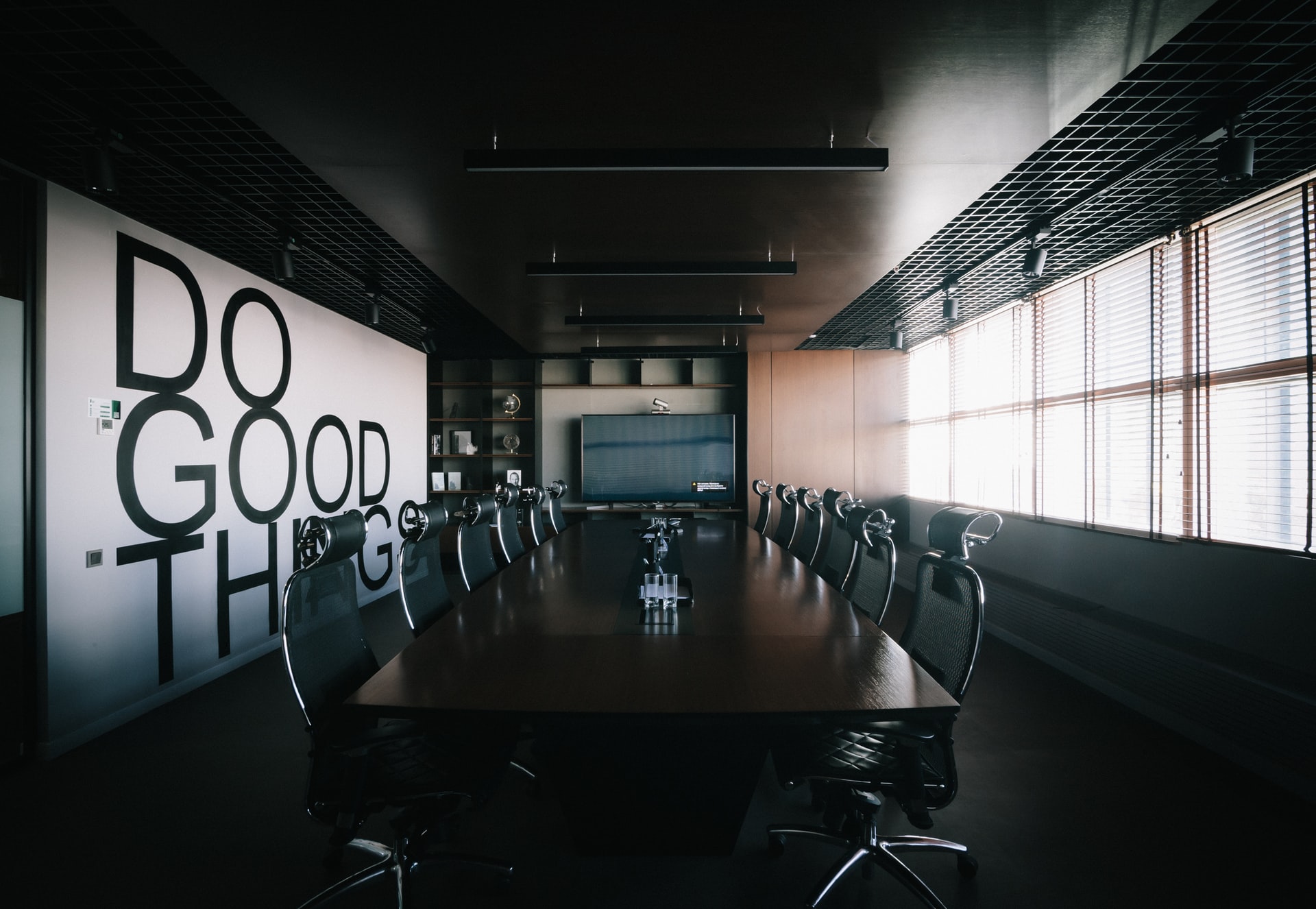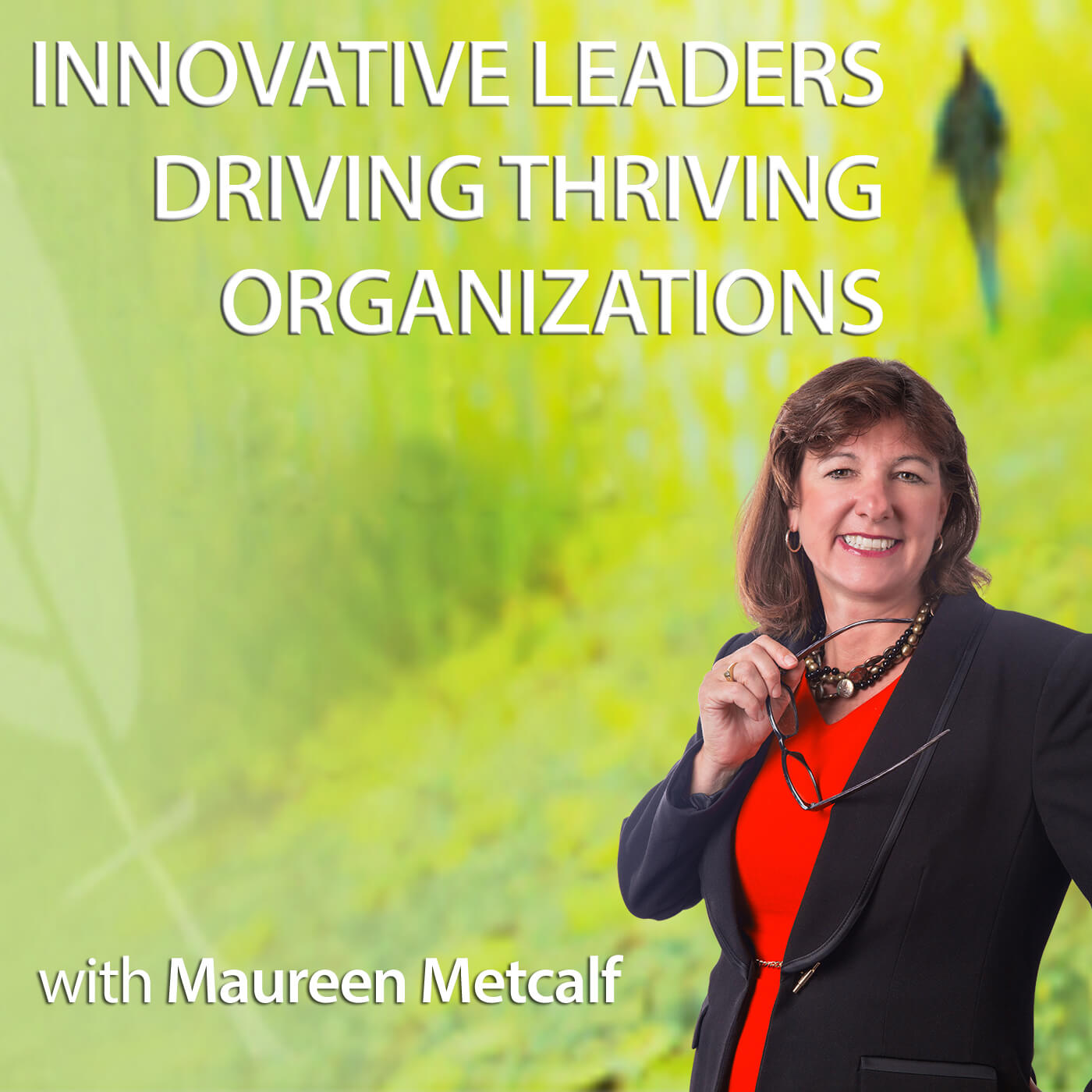Sustainability: Is It a Reachable Business Model?
This week’s article is an excerpt from “Stewards of the Future – A Guide for Competent Boards”, by...
Read Moreby VoiceAmerica | Jan 19, 2022 | Business | 0 |
This week’s article is an excerpt from “Stewards of the Future – A Guide for Competent Boards”, by...
Read Moreby VoiceAmerica | May 10, 2017 | Business | 0 |
This blog is a companion to the May 9, 2017, interview with Gary W. Patterson, CEO of the Fiscal...
Read More


